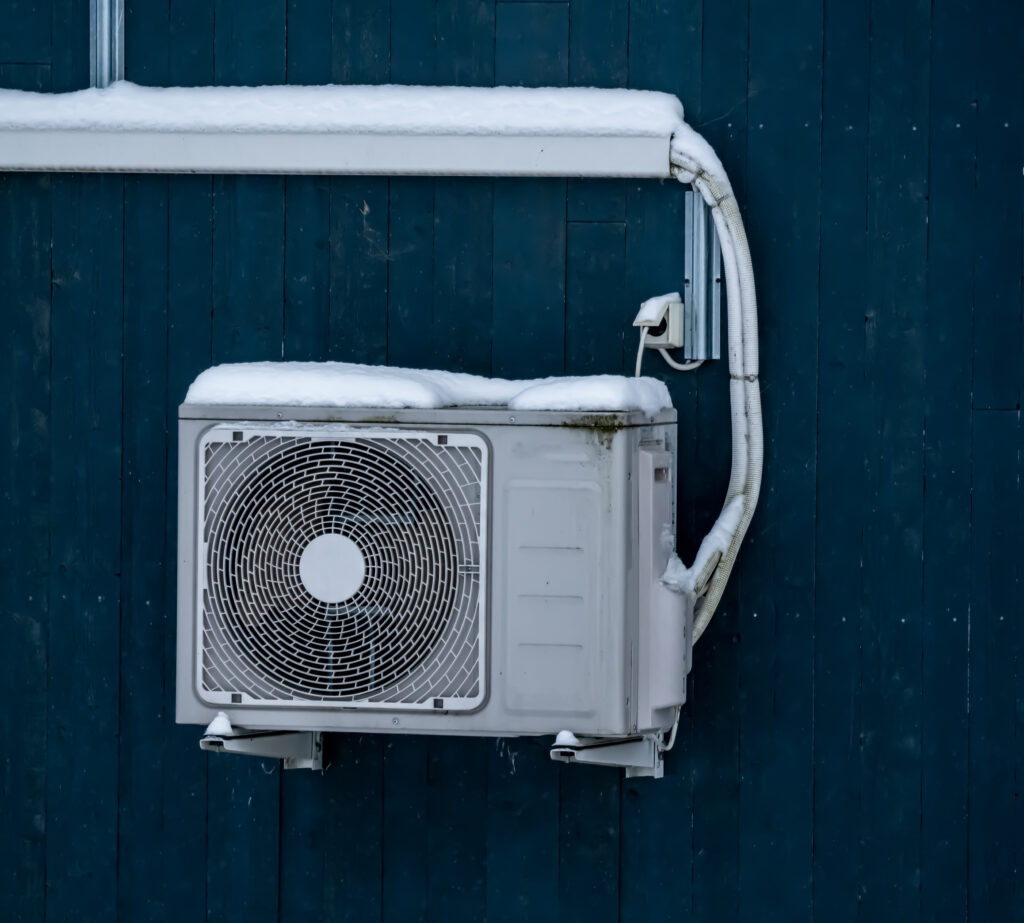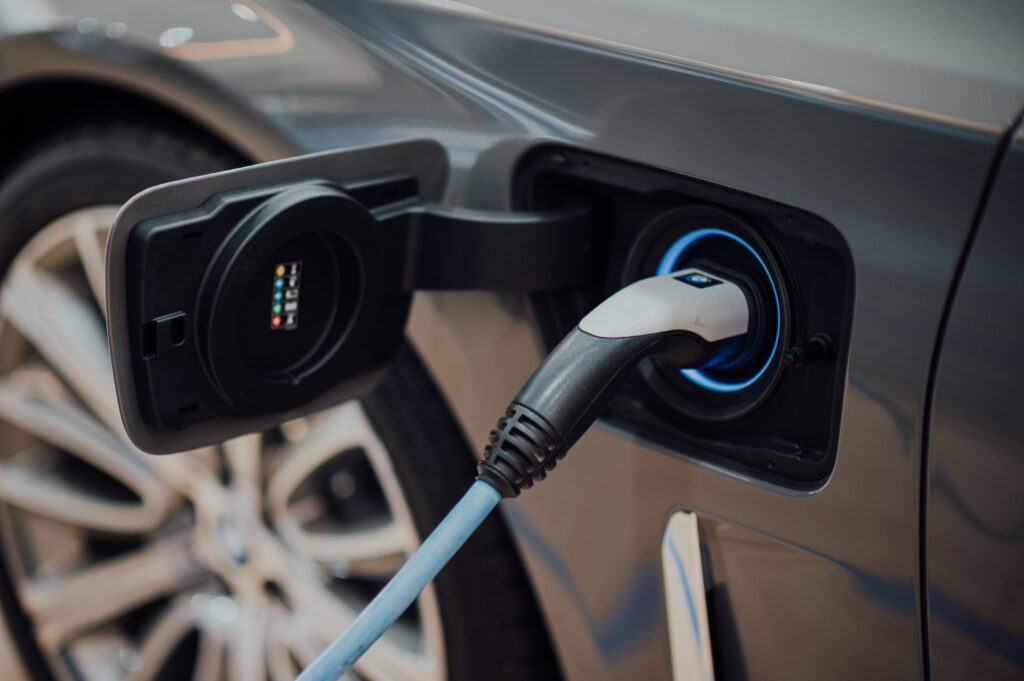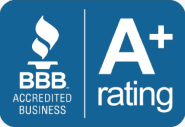Electrical Code—Will Your Home Pass?
When it comes to your home, safety is a priority. You want a structurally sound property that protects you and your loved ones, not one that jeopardizes their wellbeing. That’s why today, we here at Ostrom Electrical, Plumbing, Heating, & Air Conditioning, are diving into how your electrical networks in your house can affect your security.
Did you know that there is actually a set of standards for electrical construction? Different than a set of guidelines, much like those set forth by a certain Captain Jack Sparrow of the Caribbean, electrical code is not something that should be followed, it is something that must be followed—it is the law. Abiding by these codes is not only in your best interest, but it also protects those residing nearby.
The electrical code is nationally recognized and must be adhered to for all new electrical wiring and equipment installation. These practices and restrictions are reviewed and revised every three years to ensure the electrical code is up to date with new technologies.
Here is a breakdown of common electrical code requirements for each room of your home: In most localities upgrades of existing wiring that may be out of code are recommended, but not required, unless new wiring or upgrades are taking place.
Bathrooms
Naturally, where water is used, electrical regulations must be defined. And, as bathrooms typically have a high power demand, from your lights to your hairdryers, they may need more than one circuit. First and foremost, your outlet receptacles must be served by a 20-amp circuit and must have ground-fault circuit-interrupter protection. This circuit can supply power to your entire bathroom if and only if you do not have a vent fan with a built-in heater. If you do have this amenity, it must have its own dedicated 20-amp circuit.
Secondly, any light fixtures placed within your shower should be rated for damp or wet locations. If you need help determining the correct light fixture for your bathroom, contact your local professionals for proper placement and installation.
Kitchens
Talk about the powerhouse of your property… your kitchen consumes the most power out of any room in your home. That’s why the national electrical code requires dedicated circuits to be installed for most major appliances. The national electrical code also requires that each kitchen has two 20 amp circuits that serve the countertops receptacle outlets. Additionally, all 125-volt, single-phase, 15- and 20-ampere receptacles installed to serve the countertop surfaces in kitchens must be GFCI protected.
Living Rooms & Bedrooms
Living rooms and bedrooms see similar regulations. You must place a wall receptacle every 12 feet, on all walls over 2 feet long. This ensures both ease of access and sufficient supply. Additionally, light switches will need to be installed at the entry of each room. These components typically require a standard 125 volt,15 or 20-amp circuit for functionality and safety, which may be able to supply more than one room.
Laundry Room
Depending on the type of washer and dryer you have picked out, gas or electric, you will need different types of wiring and supplies; however, no matter what appliance you decide to install, your receptacles must have ground-fault circuit-interrupter protection. For information on the specifications of gas versus electric appliance requirements, contact the certified electricians here at Ostrom’s.
To ensure your home is up to the electrical code, contact Ostrom Electrical Plumbing Heating & Air Conditioning at (540) 685-4040. We are here to make sure your electrical components and networks are ironclad. We are continuing to practice CDC recommended protocols to ensure the health and safety of bout our technicians and clients. For more information, don’t hesitate to call!











